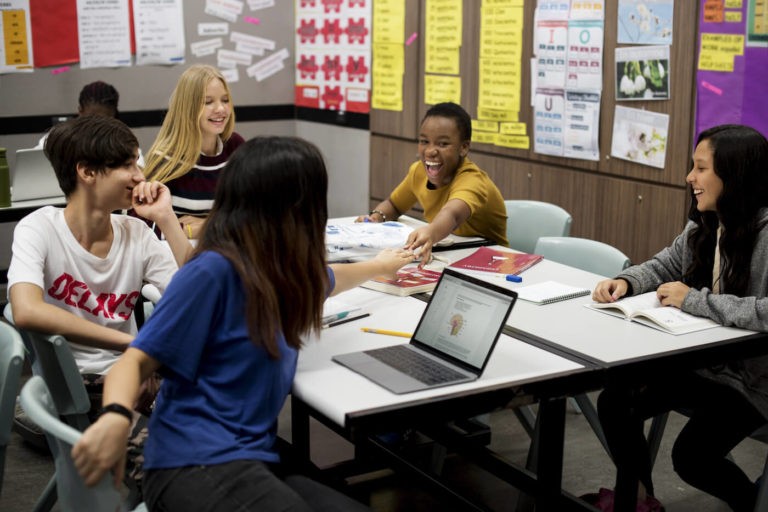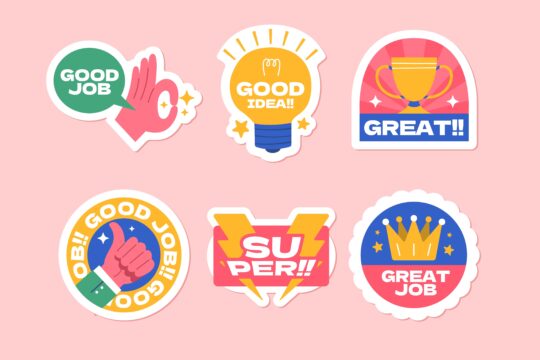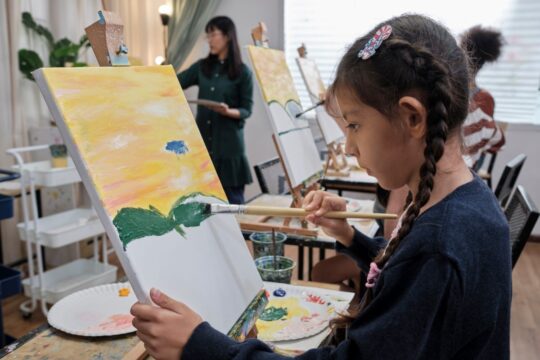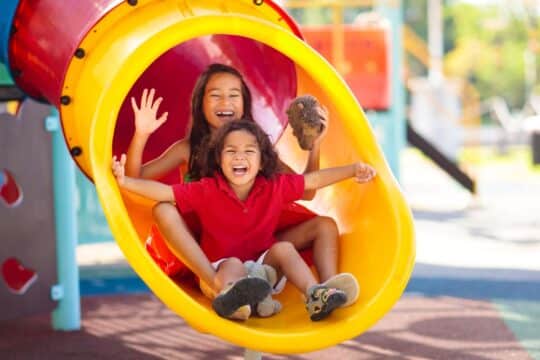Children experience more profound and rapid changes in their young adolescence (ages 10 to 15) than at any other time in their lives. Although infancy is also characterized by extensive growth, “infants are not the conscious witness of their own development,” in the way that adolescents are (National Middle School Association, 2010, p.5). The classroom management strategies of middle schools must therefore support students as they move from self-centered morality toward principle-based morality, thus developing their lifelong sense of right and wrong.
Students at this age are still developing these characteristics at wildly differing paces among individual students, and cannot be expected to have mastered consistent application of their developing skills in the area of self-management. What, then, is an educator to do? At the most basic level, a teacher must truly appreciate (and, if possible, love) this developmental stage, not in spite of its foibles, but because of them. Then, the teacher must create a classroom environment that fulfills middle schoolers’ competing needs for structure and for independence. Classroom management is not discipline and consequences; it is culture and connection.
Share Expectations Early and Clearly
It is critical that teachers communicate, from the outset, two types of expectations for student behavior: procedures and norms. Procedures are clear, specific operational processes by which students complete tasks or solve problems in a classroom with some level of autonomy. They include answers to questions like, “What do I do when I enter the classroom each day?” or “How does my teacher expect me to signal that I have a question or a need?” Procedures should be conveyed in multiple formats and must be taught, modeled, assessed, and revisited as needed, as one would with any other content in a classroom.
Norms, on the other hand, answer the question “How will we treat each other?” The answer to this question may be the linchpin to setting up a successful, supportive, and positive learning environment. The most effective means of establishing norms involve asking students a series of questions through which they collaborate with each other and the adult(s) to create a social contract of which they have shared ownership. Students agree to hold themselves, each other, and the teacher(s) accountable. This is especially meaningful to adolescents as they “seek to become independent, but continue to need support and boundary-setting from adults,” (National Middle School Association, 2010, p.59).
Build Positive Relationships
Building positive relationships with students begins with an attitude of caring. As a classroom teacher, it should be a primary goal to establish positive rapport with students by getting to know their interests, their strengths and weaknesses as a learner, and what shapes them as a person.
Teachers build trust and learn about their students by asking students to share highlights of their life in and outside of school or to jot down how they are feeling on a sticky note and put it on the board next to a corresponding picture. One may post a daily question to an online learning platform in which students are asked to share something about themselves.
Providing positive affirmations and showing a genuine interest in students are two of the most impactful ways in which teachers establish positive relationships, and the key to each is to become constantly vigilant for opportunities for these types of interactions. In a positive learning environment, encouraging, positive conversations far outnumber negative, discipline-based conversations. In creating a classroom culture, the teacher must also consider the types of relationships being fostered between students and look for opportunities to help students form healthy peer relationships.
Utilize Student Choice
Students’ need for autonomy and independence can also be met by allowing for student choice. Let students choose the manner in which they demonstrate their learning on a topic from a menu of options. When students have demonstrated the ability to treat one another with respect, allow them to choose a partner whom they believe will help them be successful (if the teacher has built positive relationships and made the expectations clear, their choices will likely be surprisingly positive). Provide flexible seating options that allow students to decide how they are most productive and comfortable. The key to allowing student choice is to establish clear expectations and make all of the choices acceptable outcomes.
Acknowledge Your Mistakes
Another important factor in establishing a positive classroom culture is helping students to develop a growth mindset. A key piece of that process is acknowledging and even embracing mistakes. By modeling for students that people make mistakes, a teacher has the opportunity to showcase that it is not one’s mistakes but one’s response and reaction to mistakes that define us. By showing students that they can laugh at their own mistakes, re-assess a situation based on new information, change their thinking when they are wrong, or simply apologize and accept responsibility, teachers give the students permission to do the same and show them how it is done.
Don’t Engage in Arguments
As middle schoolers are confronted with the inconsistencies and contradictions of the world around them, their need for justice and accountability to moral standards leads them to be more prone to argue with adults. There are several things to keep in mind in order to avoid engaging in an argument with a student:
- All statements do not require an immediate response from the teacher. For instance, a student can say, “I don’t want to” in response to a request. Rather than arguing with that student, a teacher can simply walk away. After walking away, the teacher has an opportunity to observe whether the student complies with the request in the end, which is the objective, after all. They could also decide, without the emotional pressure of the initial interaction, if there is consequence that should be implemented as a result of the interaction.
- If the student does not comply, the teacher can use the “broken record” strategy. Simply restate the expectation using the child’s name and move on to dealing with another issue or student, giving the child time and space to make a decision.
- It is essential that the teacher’s tone of voice remains neutral and that the adult remains in control of their own emotions.
Use Humor
Humor can be an enormously effective strategy in a classroom, but it can be tricky. When using humor it is important not to make a student the butt of a joke or to use sarcasm to get a laugh. Although students at this age may be able to understand and apply sarcasm expertly to others, they remain vulnerable to even perceived slights from adults. Humor in the classroom should always remain positive and supportive in regards to all the members of the class. For this reason, self-deprecating humor, “dad” jokes, puns, and silly antics are the best types of humor to be implemented with middle schools. In the information age, one cannot discount the use of a good meme to drive a point home, either!
References
National Middle School Association. (2010). This we believe: Keys to educating young adolescents. Westerville, Ohio: National Middle School Association.




